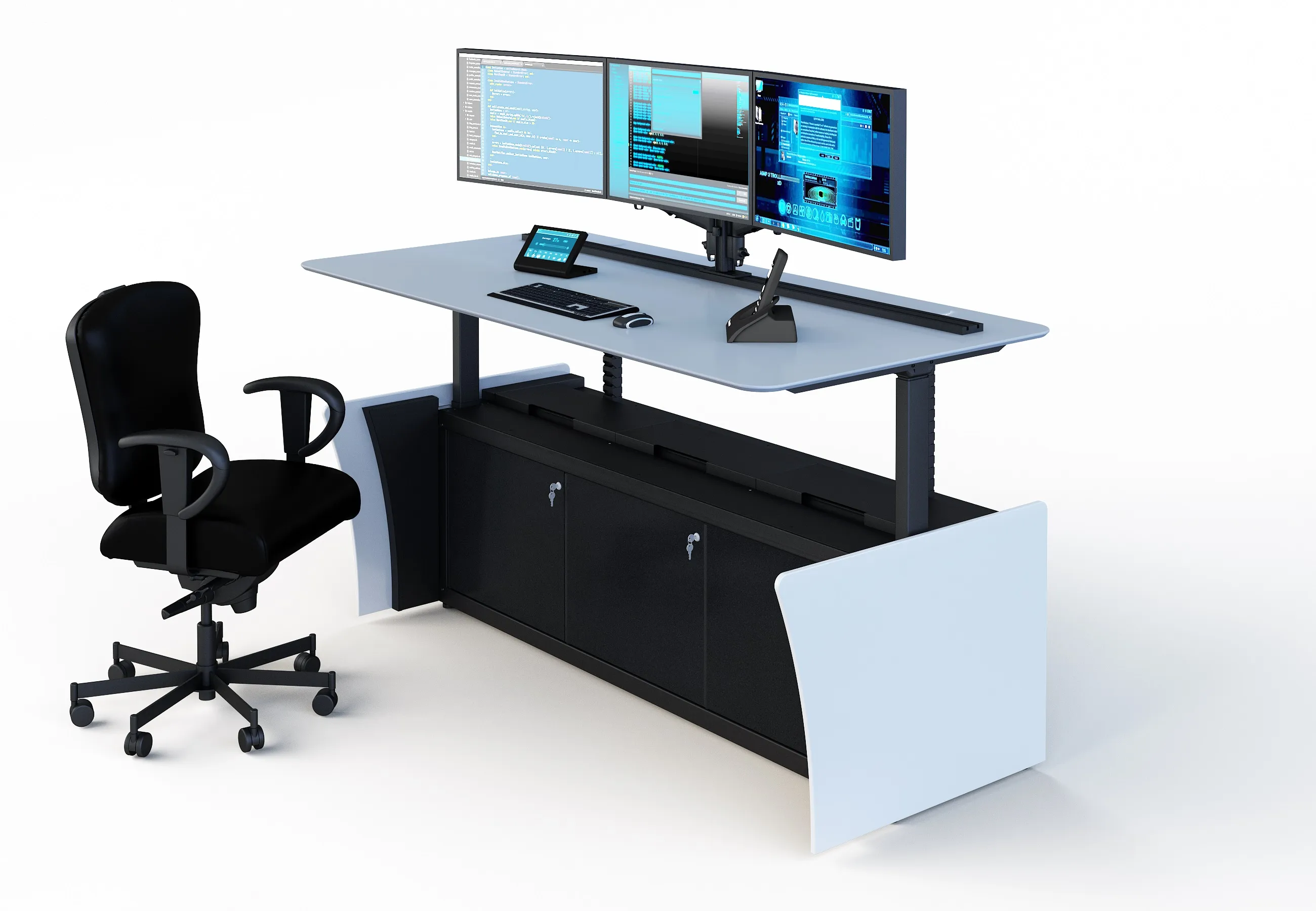Barco has completed the first installation of its OpSpace operator workspace solution in Germany, in the new operations control centre of IT services provider Finanz Informatik.
Launched in 2016, OpSpace is a personal workspace experience that provides operators with a single pixel space for viewing, monitoring and interacting with a range of remote systems. Operators simply use one mouse and keyboard to control all applications, providing a flexible approach to the operator’s job and allowing better sit
January 12, 2017
Read time: 1 min
Launched in 2016, OpSpace is a personal workspace experience that provides operators with a single pixel space for viewing, monitoring and interacting with a range of remote systems. Operators simply use one mouse and keyboard to control all applications, providing a flexible approach to the operator’s job and allowing better situational overview and improving decision-making.
Finanz Informatik equipped 28 workplaces with the OpSpace solution, enabling operators to manage the 337,000 computers, 24,000 cash points and 27,000 servers of the 403 savings banks under its control.
In addition to the 28 units installed at Finanz Informatik, OpSpace is currently being rolled out at control rooms of other companies in EMEA, the US, Brazil and APAC countries.










